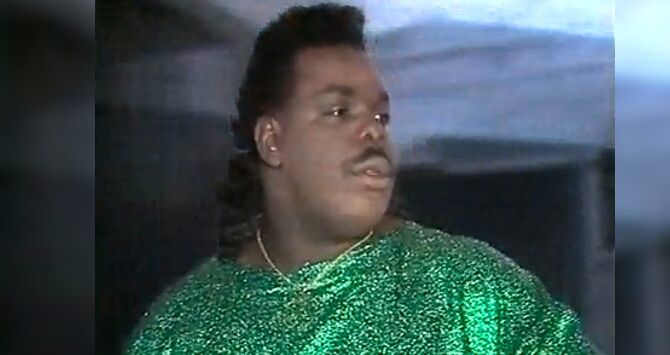
The British music show Top Of The Pops played host to many unforgettable TV moments during its peak years.
One such culture-shifting performance hit screens on September 4, 1986. A house record credited to Farley “Jackmaster” Funk had broken the UK top 40. Funk and vocalist Darryl Pandy were invited to appear on the show.
Pandy, in a glittering, blue top, proceeded to belt out “Love Can’t Turn Around” with gusto. His mesmerizing performance built to a climax that found him kicking his shoes off and falling to the floor.
Your dose of fabulosi-TEA
Subscribe to our newsletter for your front-row seat to all things entertainment with a sprinkle of everything else queer.
“Love Can’t Turn Around” rocketed up to number ten in the UK charts. Its success in the UK turned a Chicago House floor-filler into an international hit.
In Spin magazine, in 1986, writer Barry Walters wrote a seminal feature on the Chicago house scene.
“Darryl Pandy is an enormous man, a Refrigerator Perry gone disco diva,” wrote Walters. “He comes from a Broadway and opera background and has a six and a half octave range. Ask him to prove it and he’ll gladly sing selections from Porgy and Bess, taking on both Porgy and Bess.”
“Pandy sings with emotions endearingly inappropriate to the material. He begins ‘Love Can’t Turn Around’ with all the hypermasculinity of an ill-fated Wagnerian baritone, to come back in the third verse as Screamin’ Jay Hawkins.”
“His dynamics are so ridiculously wrong by contemporary R&B standards that they become absolutely right for house. Pandy’s histrionics are emblematic of the house scene in general. House is about the loss of decorum and control. From sexual extravagance to dance-floor excess, everything about house is geared towards losing it.”
The origins of house in Chicago
Where house music was born remains a subject of debate. Few would disagree it has its roots in Chicago clubs such as the Warehouse (open 1977 to 1982) and the Playground. DJ and producer names linked to its birth include Frankie Knuckles, Ron Hardy, Jesse Saunders, Chip E., Joe Smooth, Steve “Silk” Hurley, Marshall Jefferson, Phuture, and, of course, the aforementioned, Farley “Jackmaster” Funk.
However, many of those figures hotly contend who did what and when.
“Nobody involved in House Music then knew what this would turn into,” Funk (born Farley Keith) told 5Mag in 2009. “They were just doing what they felt and they loved what they did.
“Now that this baby’s a little older and has become famous, everyone is saying, ‘I’m the daddy!’ Maury Povich wasn’t around to say, ‘You’re not the daddy!’ Maybe we can all do a blood test on Maury Povich’s show and find out who the real father of House Music is!
House mashed-up disco with synths and electronic drums to a strict four-on-the-floor beat. Many of the house nights appealed to Black clubbers, and also many gay men, who hadn’t stopped dancing since the heyday of disco in the late 1970s.
Given the underground nature of the early house scene in the early 1980s, DJs had to produce their own tracks to slip into their sets. These were circulated on cassette or pressed on limited-run vinyl that could be distributed in local record stores quickly. It took some time before labels began to realize that there was money to be made.
“I Can’t Turn Around” becomes “Love Can’t Turn Around”
Darryl Pandy, born in 1962, had been a singer in the choir of the Church of Universal Awareness in Chicago. He did indeed have an incredible vocal range.
Despite this, Jessie Saunders, who produced “Love Can’t Turn Around”, said in an interview with Red Bull Music Academy in 2017 that Pandy’s sexuality had initially gone against him when it came to choosing a singer.
He says Farley “Jackmaster” Funk and Steve Silk Hurley had been roommates. In 1985, Hurley produced a house version of the Isaac Hayes track “I Can’t Turn Around”. It proved popular on dancefloors, but according to Saunders, Hurley dragged his feet on releasing it.
“So the story goes, Farley being the entrepreneur thought, ‘If Steve’s not going to put it out, I’ll put it out myself.’ So he called me up and at the time Farley and I weren’t on great terms. I can’t remember why now,” said Saunders.
“He knew I was the only person who could arrange and produce the song how it needed to be done. For me it was more or less a favor to him, to get back in his good graces. In the studio, I produced the track, set up the backgrounds and everything. We were looking for a vocalist and it was around two or three in the morning. We couldn’t find anybody.
“The last person we called was Darryl Pandy. The reason we avoided him was that he was a notorious gay guy – none of us wanted to bother with him, because he was always hitting on everyone. He came down and the first thing that Farley said to him was, ‘We want you to sound like a man on this song,’ because he used to do all this falsetto stuff. It took us hours to get all that stuff. Anyway, that’s how it came about.
There are differences between Hurley’s remix of “I Can’t Turn Around” and Farley’s “Love Can’t Turn Around”. For a start, the latter has lyrics. However, they’re more similar than dissimilar.
“Farley said, ‘This was going to be a Farley song, but if we put both our names on this, it could blow the thing right out of the water.’ I was real hesitant about that initially,” recalls Saunders. “I didn’t have a single out at that point. We put it out and the record went to number one all over the midwest, outselling Prince and Madonna.”
Check out the original video with Pandy below.
A hit across the pond
The song’s success in the Midwest pricked interest abroad. London Records, in the UK, was keen to release it in the UK. House music was already beginning to make waves on the London club scene. To Saunders’ chagrin, and for reasons unknown, his name was not included on the UK release that hit the charts.
“That, to this day, has been a bone of contention of mine,” Saunders said. “It wasn’t like I was looking to get credit as an artist for this record, but as a producer.
“At the time I didn’t really care – I’d just signed a deal with Geffen and I was producing lots of stuff. Farley did call me and say, ‘We’ve just licensed this to London Records – you should call them.’ And I called over there, kept calling and they never called back. Next thing I know, I’m on tour there [in the UK], it’s on Top of the Pops and Darryl Pandy’s doing PAs.”
Pandy provided vocals for many house records, including others with Funk, such as “He’s My Best Friend” and “Free Man”. Although treasured by house aficionados, none came close to matching the success of “Love Can’t Turn Around”.
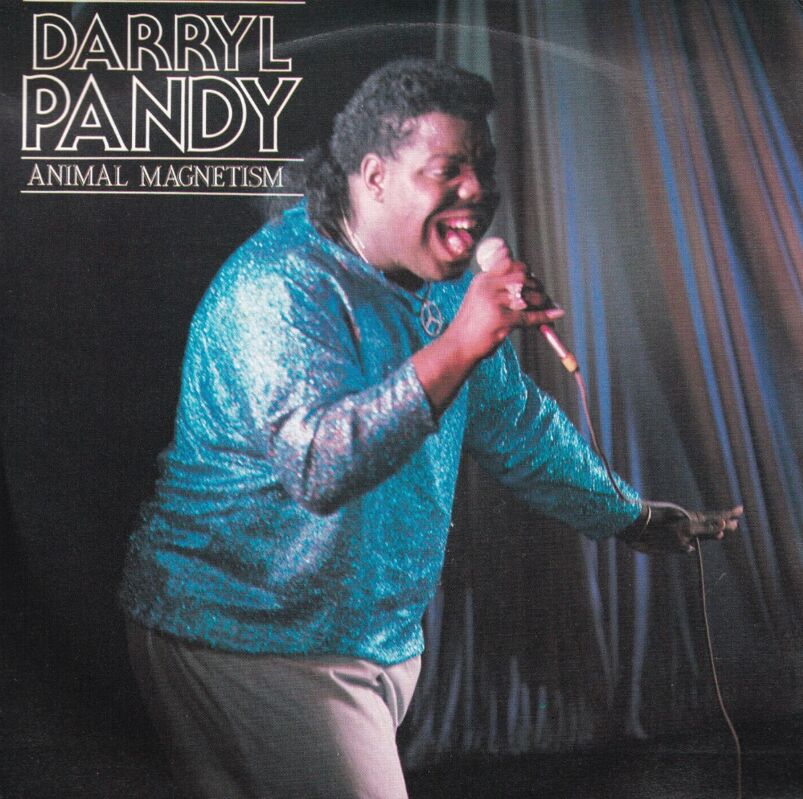
“Now this is how it started…”
At the time Pandy hit the charts, he didn’t discuss his sexuality. It was the mid-1980s. With the arguable exception of Sylvester, out gay Black men in the music industry were non-existent.
The lyrics of “Love Can’t Turn Around” even reference a “girl” Pandy is supposedly pining for: “Now this is how it started, my dreams all broken-hearted, yet I want you, baby. / We’ll never be the same, ’cause you play those silly games, and yet I want you, girl.”
However, as Saunders indicates, most folks on the Chicago music scene knew Pandy was gay.
Patrick Lilley has been promoting clubs in London for decades. He remembers booking Darryl Pandy in the early 90s for his night, Queer Nation.
“‘Love Can’t Turn Around’ was the song that crossed over out of the clubs and into the charts,” he tells Queerty. “It flew the flag for soulful house. It was huge and big sounding.
“Darryl reminded me of Divine, who I also worked with. Darryl would be similarly outrageous on stage. He went down a storm at the club, which was a small, basement dive on a Sunday night. The crowd was in hysteria over him.”
Sadly, he passed in June 2011, aged just 48, following several months of illness. His death was announced by Farley “Jackmaster” Funk in a Facebook post.
In 2017, Funk told Vice he was still immensely proud of the success of “Love Can’t Turn Around”. He has since taken to singing it himself at club appearances.
“As Darryl Pandy has passed away — he left us too soon — I carry the torch as it’s our baby together. A long time ago we were in the studio arguing, and I said to Darryl, ‘Darryl, I can learn how to sing this just like you — I just need to sound like I’ve got a frog in my throat.’ I don’t think he liked that. But I began to imitate him. To this day I’m still imitating it. I’m trying to keep his legacy alive as a tribute to him.”
“A voice which could tenderly caress, or blow out a wall!”
Another man with fond memories of Pandy is DJ and musician Dean Anderson. In a tribute he posted following Pandy’s death, Anderson wrote that his image overshadowed his unique vocal talent.
“For all his ‘over-the-top’ personal antics, at his core, Darryl had a deep love of music and a voice which could tenderly caress, or blow out a wall! I had the pleasure of working with Darryl early on when we produced “Move” for DJ International Records under the moniker, ‘Farmboy’.”
“When I first played the demo of the track for Darryl, he listened very intently from beginning to end, without so much as a glance up… I wondered, did he like it? When the demo faded I got my answer, as Darryl jumped out of his seat, and in that wickedly shrill falsetto, started singing the lyric to the chorus! The room broke up with laughter, and about a month later, Darryl had taken the tune almost single-handedly into the Billboard Dance charts.”
“What most people saw was the quirky, off-the-chart energy he brought with him on stage. Those of us who were a bit closer knew he was a complex man, able to express the many emotions touched on in his long archive of memorable tuneage because he LIVED each verse and chorus.”
Related:
Let’s dig into the Frankie Goes To Hollywood gem that underpins ‘All Of Us Strangers’
“The Power of Love” was never meant to just be a holiday hit.
Was this The Beatles’ track an ode to gay love inspired by John Lennon’s GBF?
Many queer listeners say this much-loved Beatles album track resonates with them.





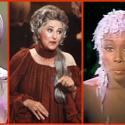
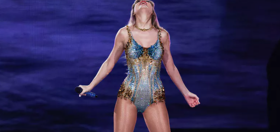


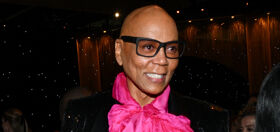
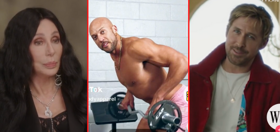







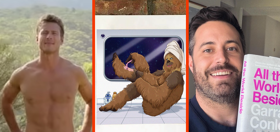
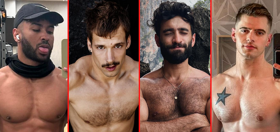

Kangol2
This is a fascinating story and yes, House music has Chicago roots and New York ones, but this article is drenched in homophobia (and fat-shaming, etc.). I mean, put some respect on Darryl Pandy’s name, please! That hateful, homophobic, racist Barry Walters quote could use some qualification too. Like, seriously. Do better Queerty, please.